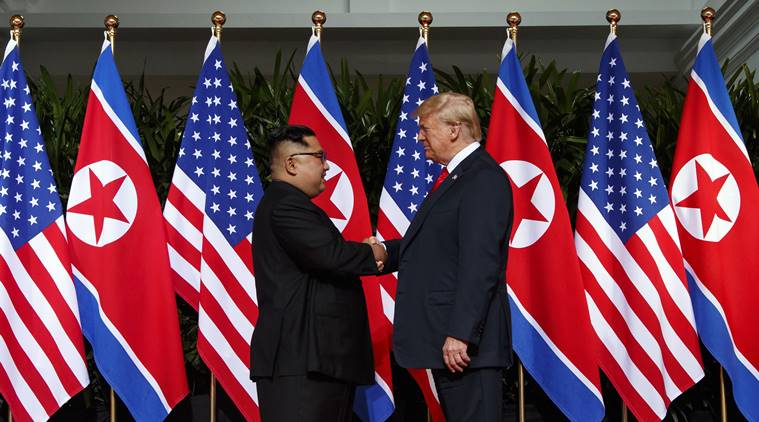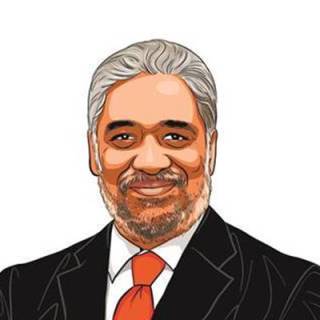Raja Mandala: Hope in Hanoi
This week’s US-North Korea summit could be about Trump, Kim and Moon imagining a political rearrangement of the Korean Peninsula.

Vietnam’s capital Hanoi is as improbable a place as Singapore for this week’s summit between US President Donald Trump and the North Korean leader, Kim Jong-un. There was a time when the big Asian peace talks were held in European capitals like Geneva. Five decades ago, negotiations to end the American war against Vietnam took place in Paris. Two decades ago, when the Taliban was ousted from Kabul in the wake of the 9/11 attacks on New York and Washington, the new framework for governing Afghanistan
was hammered out in Bonn, Germany. Now Asian problems are being resolved in Asia itself.
was hammered out in Bonn, Germany. Now Asian problems are being resolved in Asia itself.
It is no small thing that the US president is traveling to Singapore and Hanoi to sit down with Kim. It is even more significant that Trump is willing to gamble on striking a nuclear deal with Kim and braving the charge of appeasement. Even limited success for Trump could set in motion profound structural changes in East Asia.
For nearly seven decades, Washington’s conventional wisdom argued that it is impossible to unfreeze the Korean Peninsula’s geopolitics. The end of the Cold War did not change that perception. The addition of the nuclear layer to the conflict — with the Kim family’s quest for nuclear weapons in the 1990s — made the Korean problem more salient and intractable at the same time.
Whatever Trump’s critics might say, the hopes for peace in the Korean Peninsula have never been as high as they are today. Many in the West had trashed the Singapore summit — the first ever between an American president and a Korean leader — as a failure. Sceptics continue to insist that the Hanoi summit might not be very different; many others fear that Trump might end up making a “bad deal”.
Trump has over-ruled his advisers to introduce more flexibility into the US negotiating position. Some Republicans and many Democrats in the US Congress are critical of Trump’s engagement with Kim. Speaking to reporters last week, Trump said he is no hurry for the “denuclearisation” of the Korean Peninsula and hinted that he could live with a nuclear freeze for now. As his officials discuss a range of nuclear steps from Kim, Trump is offering possibilities for progress in three other areas.
The first relates to agreeing to what is being called a peace regime in the Korean Peninsula. The Korean War during 1950-53, that followed the partition of the Korean Peninsula at the end of World War II, did not end with a peace accord, but a ceasefire signed by the three main parties, China, North Korea and an international coalition led by the US. Both Kim and the South Korean president want a formal declaration of peace. Trump appears ready.






































No hay comentarios:
Publicar un comentario